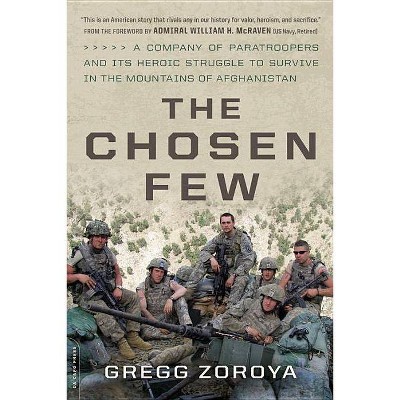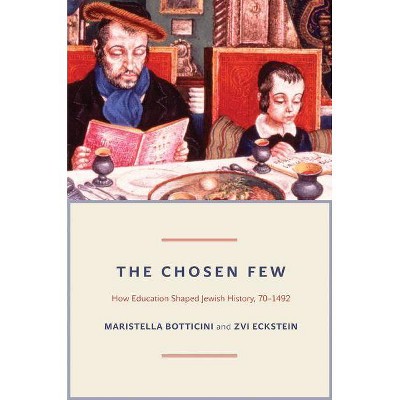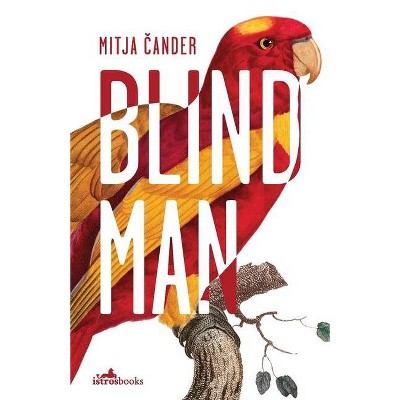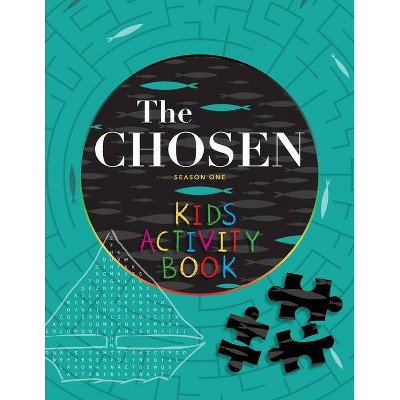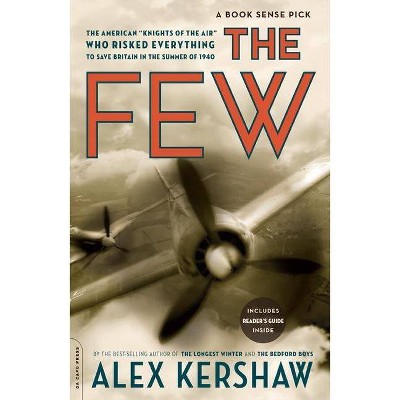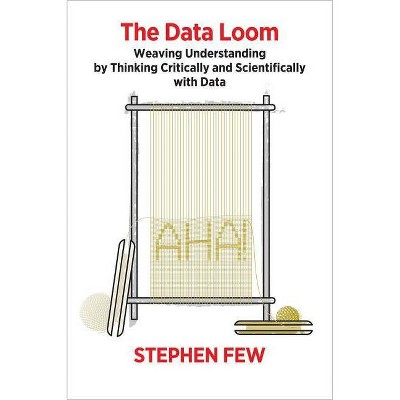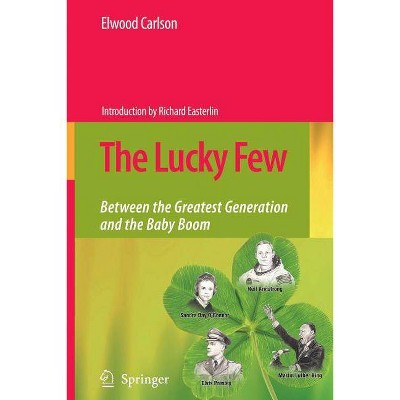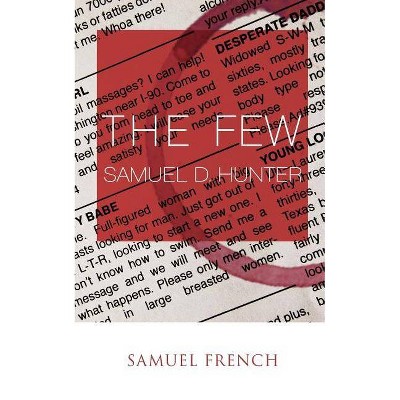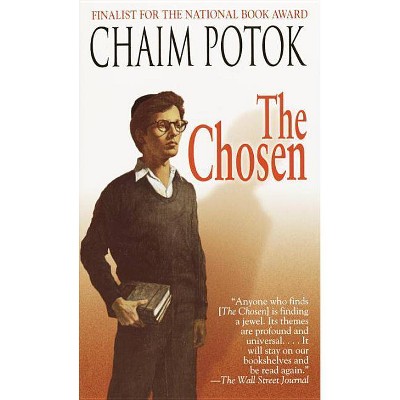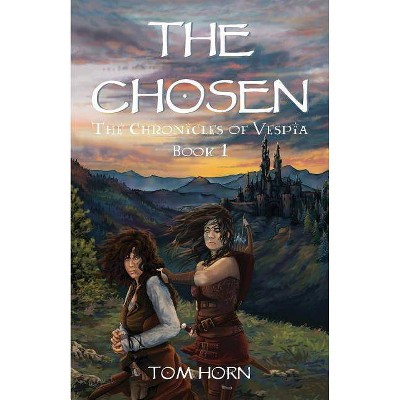The Chosen Few - by Mitja Velikonja (Paperback)
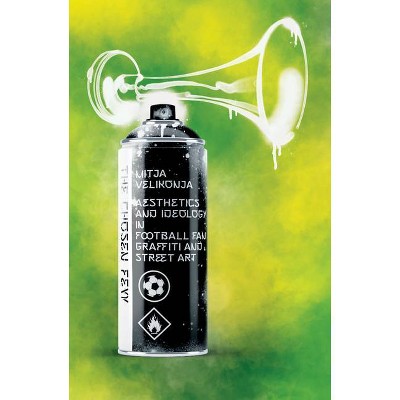
Similar Products
Products of same category from the store
AllProduct info
<p/><br></br><p><b> Book Synopsis </b></p></br></br><p><strong>ust a game? This intriguing visual title looks deep into the underbelly of football (soccer) fandom, featuring a vast photographic archive of fans' graffiti and street art captured by a pioneering 'graffitologist'. At the intersection of the street and sport we find themes of the day: how racial, ethnic, and class tensions play out in visual culture.</strong></p><p>On the fringe of sports culture are the Ultras, the football fans whose pyrotechnics, chants, wildly creative stunts, and hooliganism are infamous. Using selections from his archive containing hundreds of photographs of Ultras' street art and graffiti, including everything from elaborate murals to stickers to "scratchitto" incisions and spray-paint duels, award-winning author Mitja Velikonja introduces readers to the visual iconography of a fascinating underworld.</p><p>The Ultra subculture is built by "no-bodys," the anonymous (primarily) men whose attachments to their teams, specifically in Europe and post-socialist states, sometimes cross the lines into nationalist sentiments and militaristic "Blood and Soil" extremism. After examining general themes and trends in street art and <em>tifo</em> club graffiti, Velikonja embarks on a case study of fans from his native Slovenia and touches on the roles of neighboring football fans in the Balkan Wars. He continues with an analysis of political and socially progressive graffiti, local trends and circumstances, as well as its role in the United States. As he peels back layers of misinformation and misrepresentation, he cues our understanding of factional mindsets within histories of political instability, arguing for dissensus being a critical element to democracies. In the end, we understand that while always under siege, the ultra-fans require nothing less than fidelity and devotion, but precisely to what can be determined - it's anyone's game to call.</p><p/><br></br><p><b> Review Quotes </b></p></br></br><br><em>The Chosen Few </em>will certainly be attractive to both scholars and a wider international public. Mitja Velikonja's sophisticated analysis of Ultra graffiti and street art draws on a wide range of critical theories from cultural and media studies, visual anthropology, and other disciplines. Using his vast archive of photographs from the past 20 years, he takes readers on a thought-provoking tour of signs, symbols, and images that are often ephemeral but occasionally last for decades. These subversive landscapes are everywhere yet are often invisible to those who do not know how to read them or take no notice in their everyday lives. Velikonja perceptively teases out the small details and hidden meanings of the various forms of football fan graffiti and complements a growing body of research on cultural aspects of sports. The connection between Ultras, graffiti, and collective memory is particularly relevant in the Yugoslav successor states, since football fans often produce murals and other kinds of graffiti dedicated to fallen soldiers, sites of memory, or simply nationalist slogans.<br /><b>--Dr. Vjeran Pavlakovic, Associate Professor at the Department of Cultural Studies at the University of Rijeka, Croatia and Member, Association for the Study of Nationalities</b><br><br>Mapping the visual - and vicious - struggles between football supporter groups over dominance and territory in urban landscapes of Europe, Velikonja creates a wonderful overview of this ambiguous, inventive and provocative art form, created by and for the people, and concerned with so much more than football: gender and class, local, regional and national loyalties, money, politics and emotions.<br> <b>--Tea Sindbæk Andersen, author of <i>Usable History? Representations of Yugoslavia's difficult past from 1945 to 2002</i></b><br><br>One of the most creative, inventive and amusing "readers" of contemporary Central European and Balkan ideological constellations. Velikonja invented a new science: "graffitology."<br> <b>--Dubravka Ugresic, author of <i>The Culture of Lies</i> and <i>The Ministry of Pain</i></b><br><br>Velikonja suggests the flexibility of graffiti, showing both their potential to be neutered through domestication and aestheticization, as well as their capacity for serious political subversion.<br> <b>--Maria Todorova, professor at University of Illinois at Urbana-Champaign, author of <i>Imagining the Balkans</i></b><br><br>When I saw a horde of Euro football fans urinating in the fountain of a Mediterranean town, I was sure that was all they had to say about themselves and the world. Yet, after reading Mitja Velikonja's book about football fans' graffiti, we learn that these fan-tribes have something more to express about our present societies. As Velikonja's archive with hundreds of images shows, these are subcultures from margins of society with a need for public attention, performance and self-expression, whose graffiti and street art has a sketchy yet curiously diverse ideology behind their bizarre spectacles.<br> <b>--Vjekoslav Perica, author of <i>Balkan Idols: Religion and Nationalism in Yugoslav States</i></b><br><p/><br></br><p><b> About the Author </b></p></br></br><p><b>Dr. Mitja Velikonja</b> is a Professor for Cultural Studies and head of Center for Cultural and Religious Studies at University of Ljubljana, Slovenia. Main areas of his research include contemporary Central-European and Balkan political ideologies, subcultures and graffiti culture, collective memory and post-socialist nostalgia. His monographs include <em>Rock'n'Retro - New Yugoslavism in Contemporary Slovenian Music </em>(Sophia, 2013), <em>Titostalgia - A Study of Nostalgia for Josip Broz</em> (Peace Institute, Ljubljana, 2008), <em>Eurosis - A Critique of the New Eurocentrism</em> (Peace Institute, Ljubljana, 2005) and <em>Religious Separation and Political Intolerance in Bosnia-Herzegovina</em> (TAMU Press, 2003). He is co-author of the book <em>Celestial Yugoslavia: Interaction of Political Mythologies and Popular Culture</em> (XX vek, 2012), and co-editor and co-author of books <em>Post-Yugoslavia - New Cultural and Political Perspectives</em> (Palgrave, 2014) and <em>Yugoslavia From A Historical Perspective </em>(HCHR, 2017). He was a full-time visiting professor at Jagiellonian University in Krakow (2002 and 2003), at Columbia University in New York (2009 and 2014), at University of Rijeka (2015), at New York Institute in St. Petersburg (2015 and 2016), at Yale University (2020), Fulbright visiting researcher in Philadelphia (2004/2005), and visiting researcher at The Netherlands Institute of Advanced Studies (2012) and at the Remarque Institute of the New York University (2018). For his achievements he received four national and one international award (Erasmus EuroMedia Award by European Society for Education and Communication, 2008). His last monograph <em>Post-Socialist Political Graffiti in the Balkans and Central Europe </em>(Routledge, 2020) was awarded as one of the most important scientific achievements of University of Ljubljana for the year 2020.</p>
Price History
Price Archive shows prices from various stores, lets you see history and find the cheapest. There is no actual sale on the website. For all support, inquiry and suggestion messages communication@pricearchive.us
